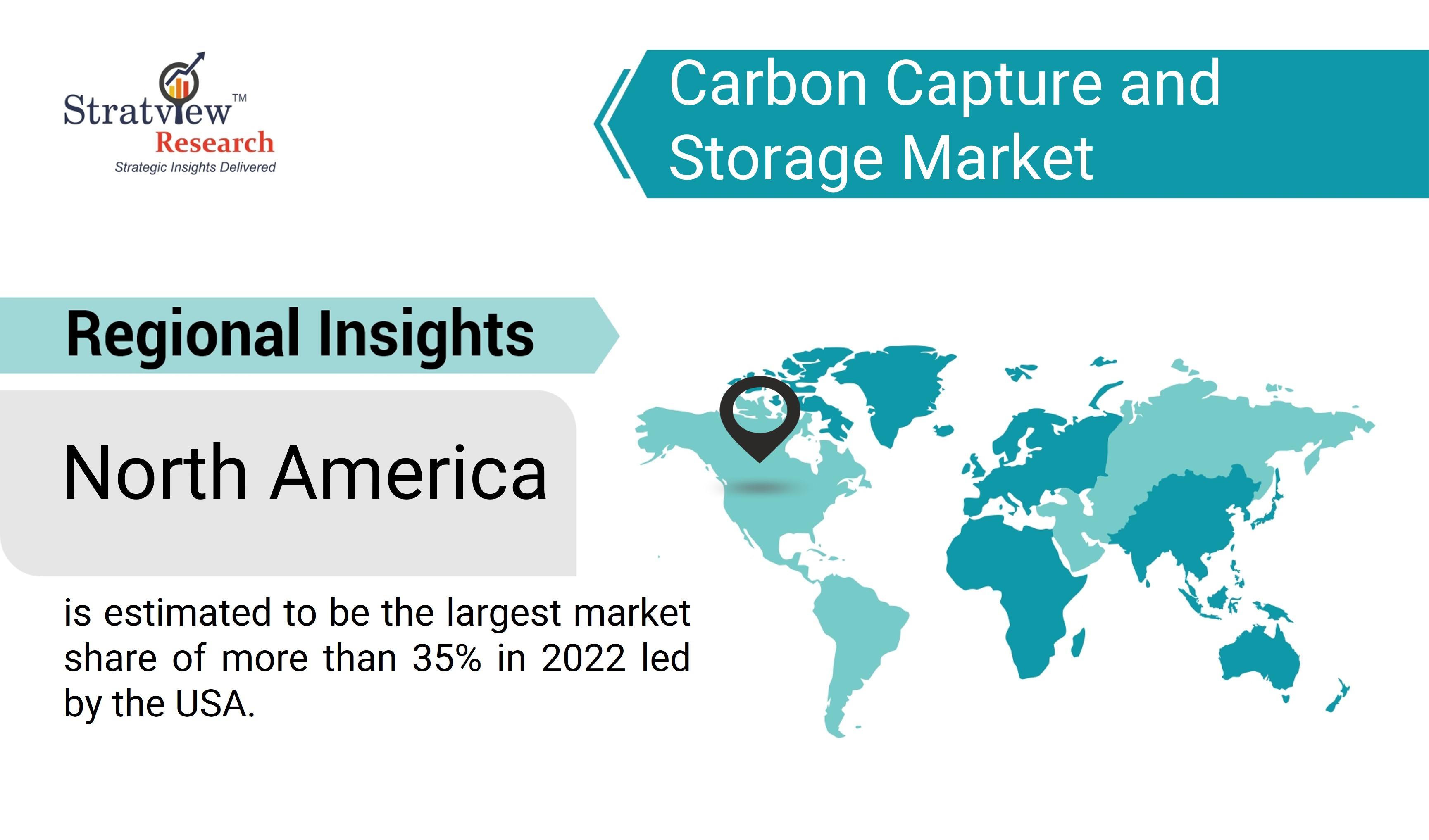Beyond Emissions: Exploring Innovations in the Carbon Capture and Storage Market

According to Stratview Research, the carbon capture and storage market was estimated at USD 3.57 billion in 2022 and is likely to grow at a CAGR of 5.92% during 2023-2028 to reach USD 5.04 billion in 2028.
The imperative to combat climate change has never been more urgent, driving innovation and investment in technologies that promise to reduce greenhouse gas emissions and mitigate their impact on the environment. Among these technologies, carbon capture and storage (CCS) stands out as a key solution for addressing emissions from industrial processes and power generation. However, beyond its role in mitigating emissions, CCS is also driving innovation in unexpected ways, unlocking new opportunities for sustainable development and economic growth. In this article, we explore innovations in the carbon capture and storage market that go beyond emissions reduction, shaping the future of energy and environmental sustainability.
Carbon Capture: More Than Just Emissions Reduction
While the primary goal of carbon capture is to reduce greenhouse gas emissions, innovations in CCS technology are expanding its potential beyond emissions reduction alone. For example, advancements in direct air capture (DAC) technology allow for the extraction of CO2 directly from the atmosphere, offering a means of removing historical emissions and potentially reversing the effects of climate change.
Furthermore, CCS can also be integrated with bioenergy production to create negative emissions technologies (NETs), whereby CO2 is captured from biomass-derived energy generation and stored underground. This not only reduces emissions but also removes carbon dioxide from the atmosphere, helping to offset remaining emissions from hard-to-decarbonize sectors.
Storage Solutions: From Geological Formations to Industrial Applications
Innovations in carbon storage are also driving progress in the CCS market, expanding storage options beyond traditional geological formations. While deep saline aquifers and depleted oil and gas reservoirs remain the primary storage sites for captured CO2, researchers are exploring alternative storage solutions, such as mineralization and enhanced weathering, which involve converting CO2 into stable mineral forms through chemical reactions with rocks and minerals.
Moreover, carbon capture and utilization (CCU) technologies are gaining traction, allowing captured CO2 to be converted into valuable products such as fuels, chemicals, and building materials. By repurposing CO2 as a feedstock for industrial processes, CCU offers a dual benefit of emissions reduction and resource conservation, creating a circular economy for carbon that promotes sustainability and economic growth.
Economic Opportunities: Driving Innovation and Investment
Beyond its environmental benefits, CCS presents significant economic opportunities for innovation and investment. As governments around the world implement carbon pricing mechanisms and regulatory frameworks to incentivize emissions reduction, the demand for CCS technologies and services is expected to grow. This, in turn, creates opportunities for technology providers, project developers, and investors to capitalize on the burgeoning CCS market.
Moreover, CCS projects have the potential to generate revenue streams through the sale of carbon credits and carbon offsets, further incentivizing investment in emissions reduction initiatives. Additionally, the development of CCS infrastructure, including pipelines and storage facilities, creates jobs and stimulates economic growth in communities where these projects are located.
Conclusion: Pioneering a Sustainable Future
In conclusion, the innovations emerging in the carbon capture and storage market are reshaping the landscape of emissions reduction and sustainability. By going beyond emissions reduction to explore new storage solutions, utilization pathways, and economic opportunities, CCS is paving the way for a more sustainable and resilient future.
As governments, businesses, and stakeholders collaborate to accelerate the deployment of CCS technologies, we have an unprecedented opportunity to address the dual challenges of climate change and economic development. By embracing innovation, investment, and collaboration, we can harness the full potential of carbon capture and storage to build a cleaner, greener, and more prosperous world for generations to come.
- Questions and Answers
- Opinion
- Motivational and Inspiring Story
- Technology
- Live and Let live
- Focus
- Geopolitics
- Military-Arms/Equipment
- Ασφάλεια
- Economy
- Beasts of Nations
- Machine Tools-The “Mother Industry”
- Art
- Causes
- Crafts
- Dance
- Drinks
- Film/Movie
- Fitness
- Food
- Παιχνίδια
- Gardening
- Health
- Κεντρική Σελίδα
- Literature
- Music
- Networking
- άλλο
- Party
- Religion
- Shopping
- Sports
- Theater
- Health and Wellness
- News
- Culture

